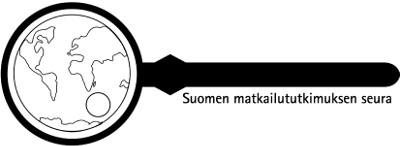Miten kaupungistuminen ja väestön ikääntyminen vaikuttavat vapaa-ajan asumisen suosioon?
Keywords:
second homes, summer cottages, urbanization, aging, scenarioAbstract
How urbanization and population aging affect the popularity of second homes?
Leisure oriented second homes are an integral part of Finnish lifestyle. Over half a million second homes and related infrastructure constitute a significant proportion of national and personal assets. However, there has been public concern about the future of second homes. How do the major trends in society, such as population aging and urbanization affect the use of second homes? Will the time spent on second homes decrease or increase? In this study a scenario for the use of second homes from 2018 to 2040 was modeled. Scenario is based on Statistics Finland’s population forecast, urban-rural classification, and national second home survey. According to the scenario, urbanization and aging will somewhat increase the use of second homes in the future. Urbanization increases the use of second homes more than aging. People living in urban areas spend significantly more time on second homes than residents in rural areas. On average, the 65-74-year-olds who live in the inner urban area spend most time on second homes. In addition to urbanization and aging, there are other trends that can increase or decrease the use of second homes in the future but are not included in the scenario. These include, for example, increase in retirement age in good health, income and wealth growth, improved telecommunications in second homes, increased tourism and other leisure activities, longer cottage trips and immigration.
How to Cite
Copyright (c) 2020 Finnish Journal of Tourism Research

This work is licensed under a Creative Commons Attribution-NoDerivatives 4.0 International License.






